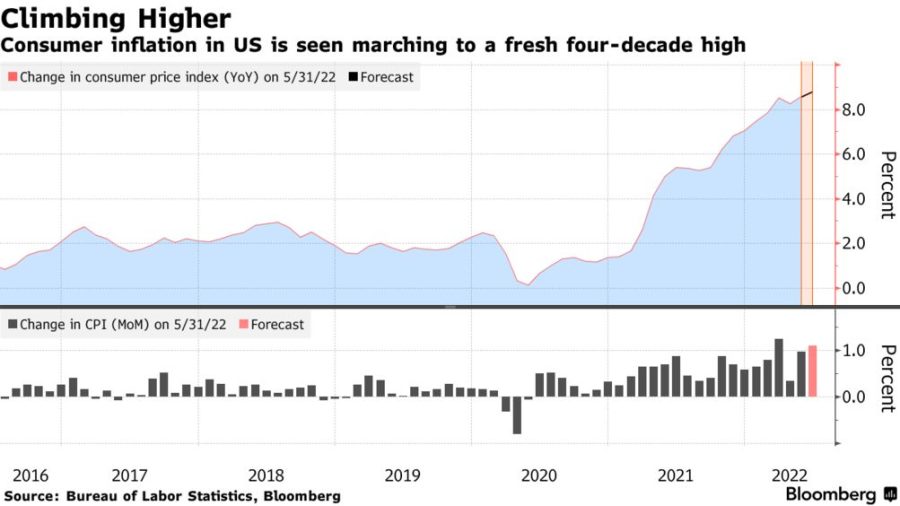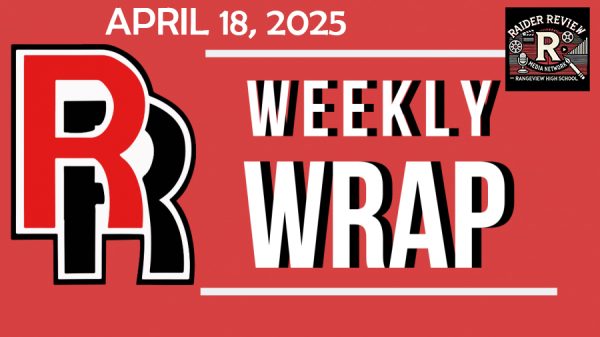Why are Prices on the Rise?
September 12, 2022
It’s no secret that the price of almost everything in the U.S. has skyrocketed in the last couple of years. In the most recent months, things as simple as everyday necessities have seen a sharp increase in costs. Why are consumers across the country seeing such drastic rises in inflation? In layman’s terms, inflation is the rise in the average price of goods and services. The most recent wave of inflation can partly be attributed to the pandemic that began in March of 2020 along with the shortage of workers and high demand.
Ending July 2022, the United States’ annual inflation rate was 8.5%, which was even a considerable drop after rising 9.1% previously, the most since November of 1981. The annual inflation rate is calculated monthly through data from the consumer price index, which is a number used to “measure change overtime in the prices paid by urban consumers for a market basket of consumer goods and services.”
The CPI is a more thorough way for the government to paint a picture of the causes and effects of inflation. “It’s been happening for a while but it’s now showing,” said math teacher Phillip Elbein. “One of the first signs was when the wealth gaps started growing.”
The spike in prices can be seen firsthand. According to In2013dollars, in the beginning stages of the Pandemic in 2020, a loaf of white bread cost $1.45. In 2021, it cost $1.52 and in 2022, that same loaf costs $1.72. Filling up a car with gas has not been much easier either. AAA says the average price of a gallon of fuel in Colorado, $3.711, is slightly less than the nation’s national average, at $3.764.
While too much inflation can destroy a country and its economy, some inflation here and there can be beneficial. As inflation raises the price of goods and services, it also increases the amount of profit coming, thus having a direct positive impact on production numbers. Inflation in small amounts can also keep deflation at bay and reduce unemployment.
Record numbers are spreading across the country and while determining exactly when rates will start to go down is difficult, it can help to look at past periods of inflation and their rates. Periods of inflation can last as long as decades or can be as short as months. Junior Anna Salazar describes her experience by saying, “I went from paying around $40 to fill up my car to the mid $60’s when gas was at its highest a couple months ago. I really had to back off with my spending.” This wave of inflation is not predicted to end until the middle of 2023 at least, according to Forbes. If you are tired of burning holes in your pocket from paying high prices on a daily basis, don’t expect numbers to go down anytime soon.












